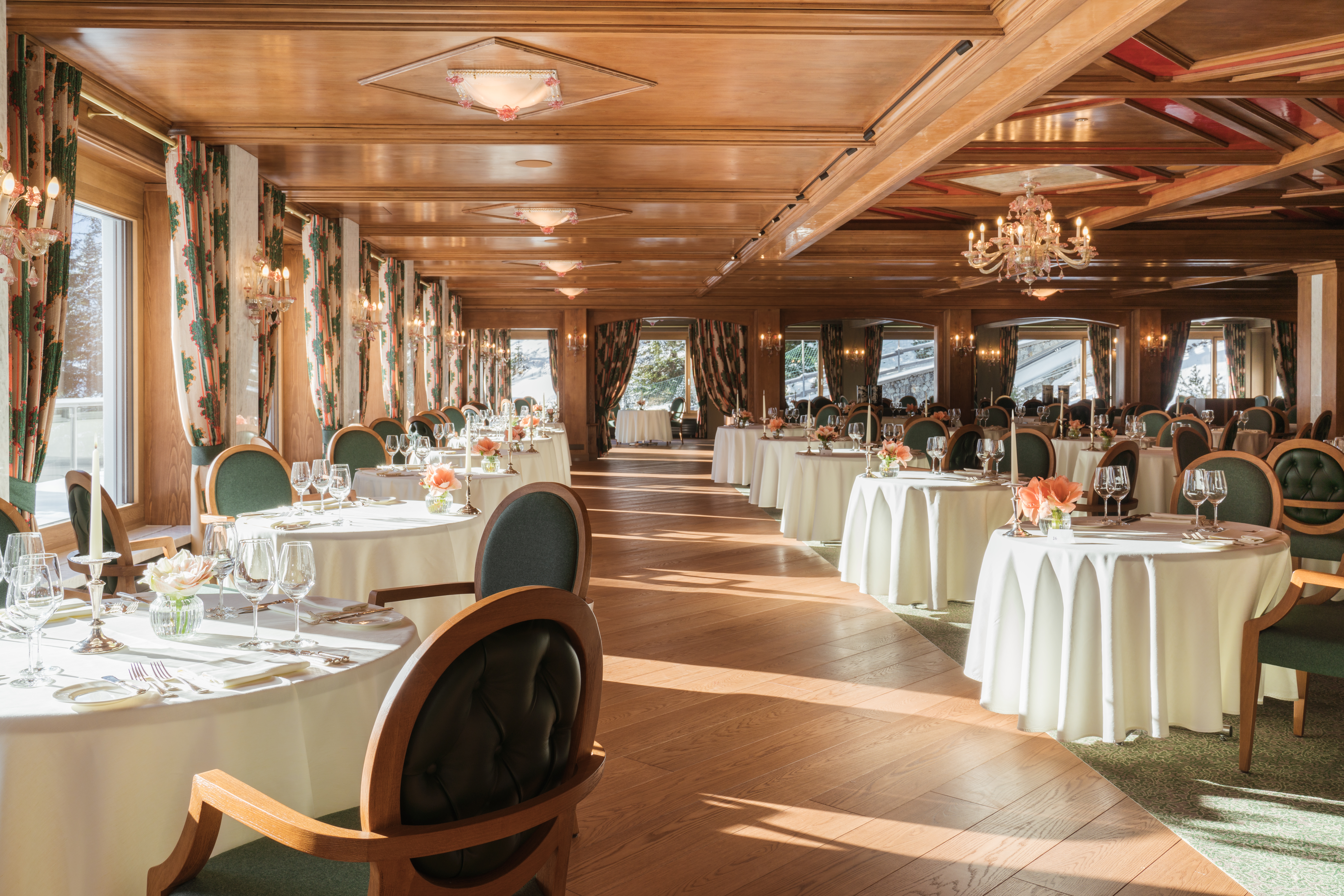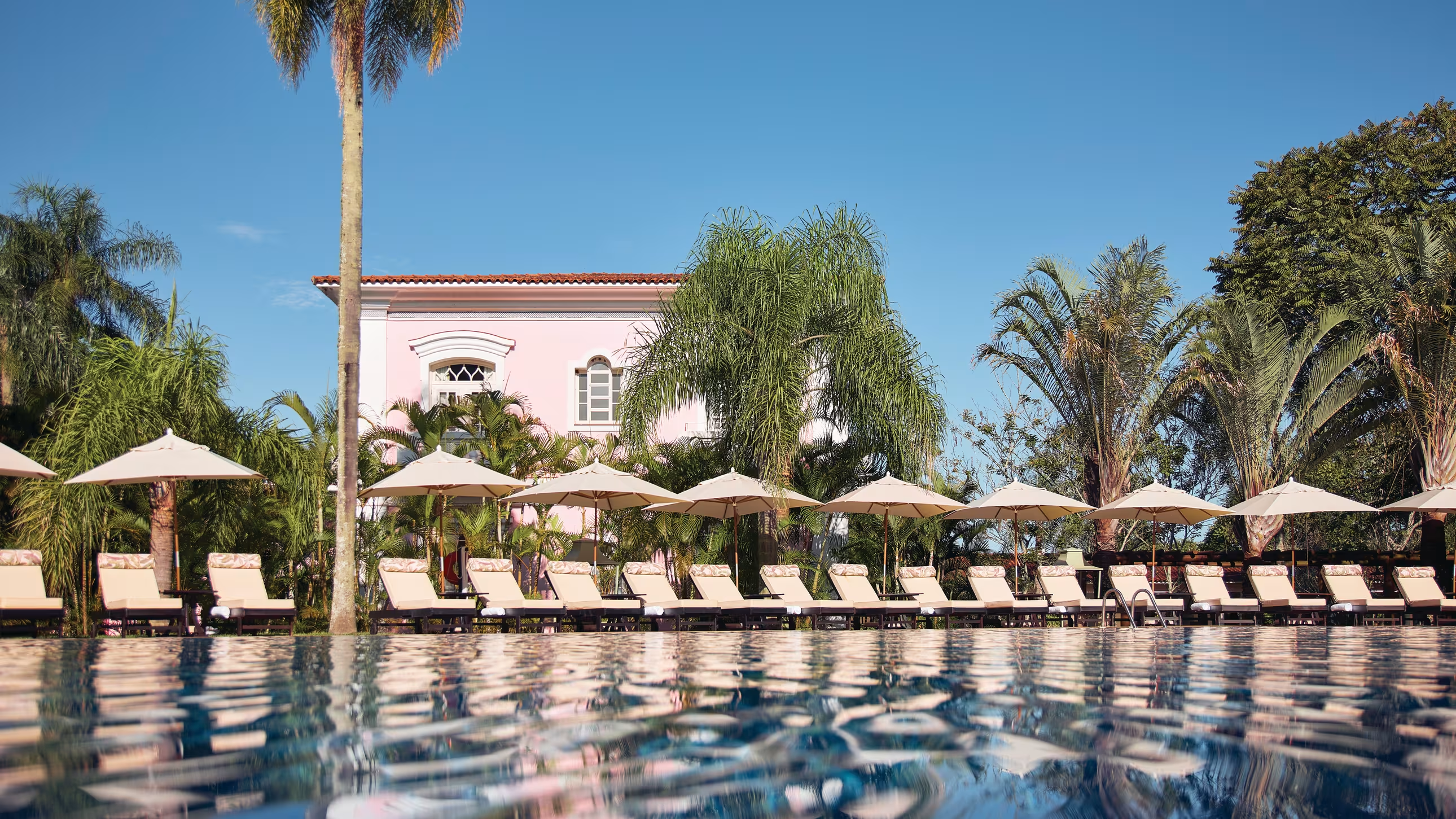With October 31st right around the corner, it’s time to curl up on the couch and put on a Halloween classic.
Watching scary movies while eating candy and popcorn is a perfect way to spend an autumn evening. And when it comes to Halloween flicks, Americans have choices.
Every decade seems to produce a new hit film or sequel in the genre, paving the way for future nostalgia.
That’s a key ingredient for great Halloween films; nostalgia. The best Halloween movies are filled with familiar terrors, from recognizable characters like Jason Voorhees to more homely witches like Winifred, Mary, and Sarah.
Most of all, the best Halloween flicks include those seasonal settings that remind audiences it’s full-on fall.
And some of those places might actually feel familiar. After all, most classic American Halloween films were shot inside the States and set in small towns.
But can you name the towns and cities where the most popular Halloween movies were shot? Let’s take a closer look at the settings behind the scenes of the US’s most beloved releases.
Real-life film locations for popular Halloween movies
Halloween (1978)
Halloween introduced Michael Meyers to the world (and Jamie Lee Curtis, but that’s another story). But this low-budget film wasn’t actually shot in the infamous and fictional town of Haddonfield, Illinois.
Instead, it was shot incredibly close to its production studio in locations like Hollywood and South Pasadena. Hopefully, I haven’t ruined the magic for anyone.
Friday the 13th (1980)
Friday the 13th slightly tarnished the allure of summer camps—especially those located in the woods.
The spookiest part about researching this movie’s setting is that Camp Crystal Lake (the fictional stomping grounds of Jason Voorhees) is a real-life summer camp called Camp No-Be-Bo-Sco… which is still in operation today.
The campgrounds are located in Blairs Township, New Jersey. Every summer, hundreds of happy-go-lucky campers fill the grounds. (I wonder how many recognize the setting.)
A Nightmare on Elm Street (1984)
From the mind of Wes Craven came one of the US’s most enduring Halloween franchises: A Nightmare on Elm Street.
Unsurprisingly, the bulk of the film is set on the fictional Elm Street in the fictional city of Springwood, Ohio. However, like many other films on this list, the movie was actually shot in and around Los Angeles.
Beetlejuice (1988)
Winter River, Connecticut is one of the most famous fictional places in the world of spooky films. Beetlejuice centers around one family’s goal of haunting their old home’s new residents and getting them out of dodge.
Unfortunately, Winter River doesn’t exist. The film was shot in East Corinth, Connecticut instead. Most interior shots were completed in Culver City, California.
Hocus Pocus (1993)
We all know the setting for Hocus Pocus: Salem, Massachusetts. But where was it really shot? I have good news for you—the film was actually shot throughout the picturesque town.
In fact, visitors can go on tours that showcase the most famous locations from the film.
Scream (1996)
This cult hit became an immediate Halloween classic—one that has spawned multiple new releases, just like the Halloween franchise. The film was set in the fictional town of Woodsboro, California.
In reality, it was shot across multiple Californian towns. Most filming took place in Santa Rosa and Sonoma, along with Glen Ellen, Tomales, and Healdsburg.


